As part of LGBT History Month, we’ve been exploring some of history’s most important gay and bisexual people; people who made a huge impact on the world irregardless of their sexuality. Sexual diversity was a lot more common in older times than many of us think, if not always spoken about in the same way.
Leonardo da Vinci (1452-1519)
Best known for world-renowned pieces like the Mona Lisa, the Vitruvian Man and The Last Supper, technically, we don’t really know whether or not Leonardo da Vinci was gay, but we can make the educated assumption going by historical records. We don’t know of any close relationships with women, but we do know he had close bonds with two of his male pupils. There’s also court records to show he was charged with sodomy involving a male prostitute, but the case was later dismissed due to lack of evidence (or, more likely, due to friends in high places).
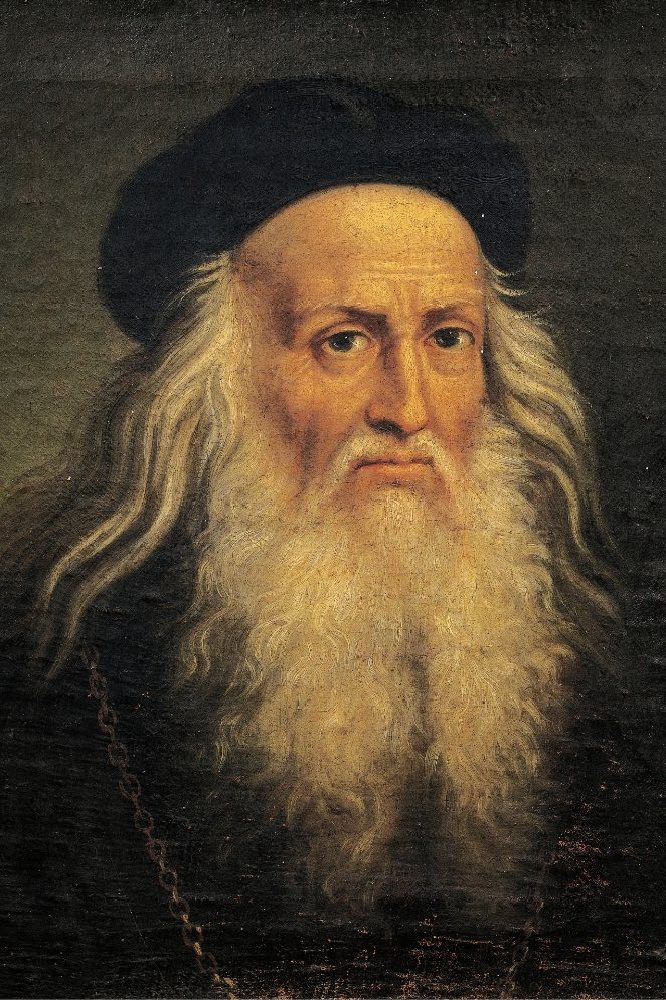
Oscar Wilde (1854-1900)
Author of The Picture of Dorian Gray and The Importance of Being Earnest, Oscar Wilde is not only one of the greatest writers of all time, he’s also a prominent gay figure in literary history. His relationship with Lord Alfred Douglas led to his being sentenced to two years’ hard labour for gross indecency, and he died shortly after his release in poverty. 117 years later, in 2017, he was finally pardoned In 2017, Wilde was among an estimated 50,000 men who were pardoned under the Policing and Crime Act 2017 (aka the Alan Turing law).
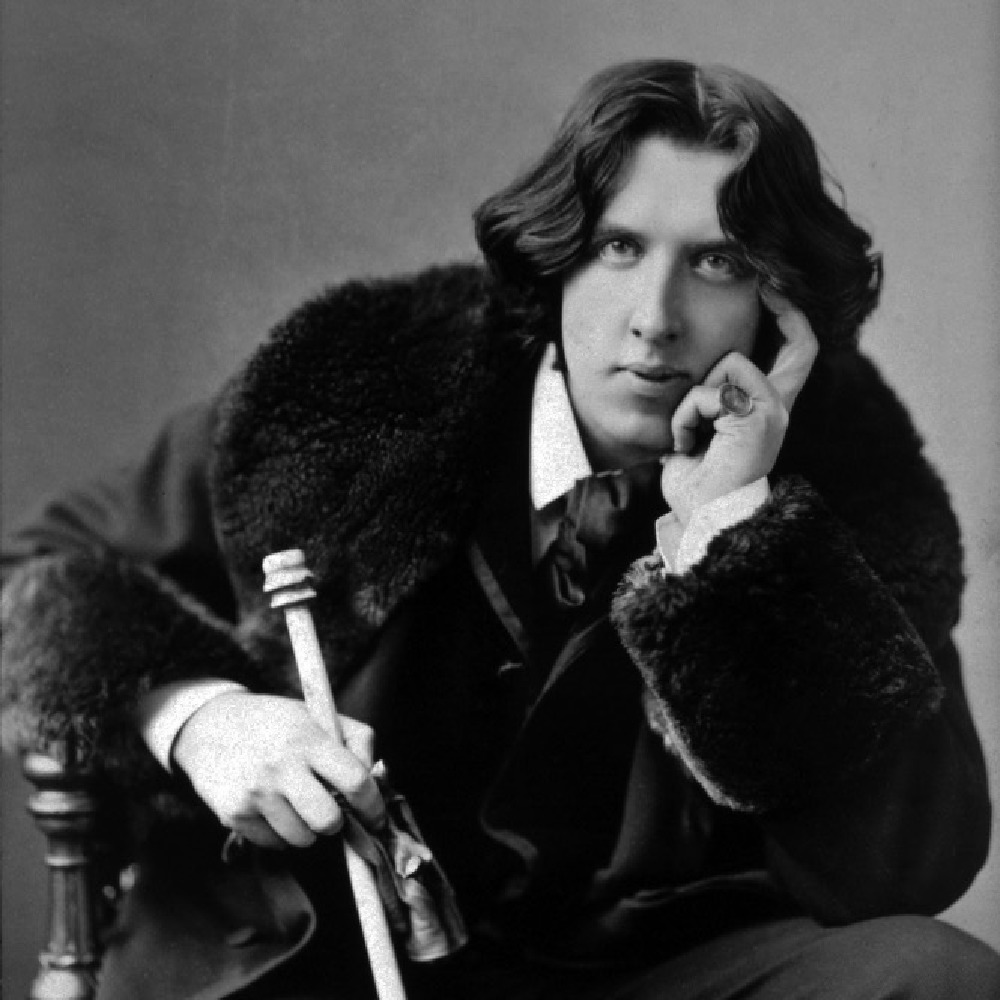
Virginia Woolf (1882-1941)
Whether she was bisexual or gay, it’s clear that this iconic author preferred the company of women. She was married to Leonard Woolf, but there’s plenty of evidence to suggest that she did not enjoy sexual activity with him, and she had at least six affairs with women. One woman, Vita Sackville-West, even inspired her key work Orlando which remains a hugely important piece of literature in feminist, gender and trans studies.
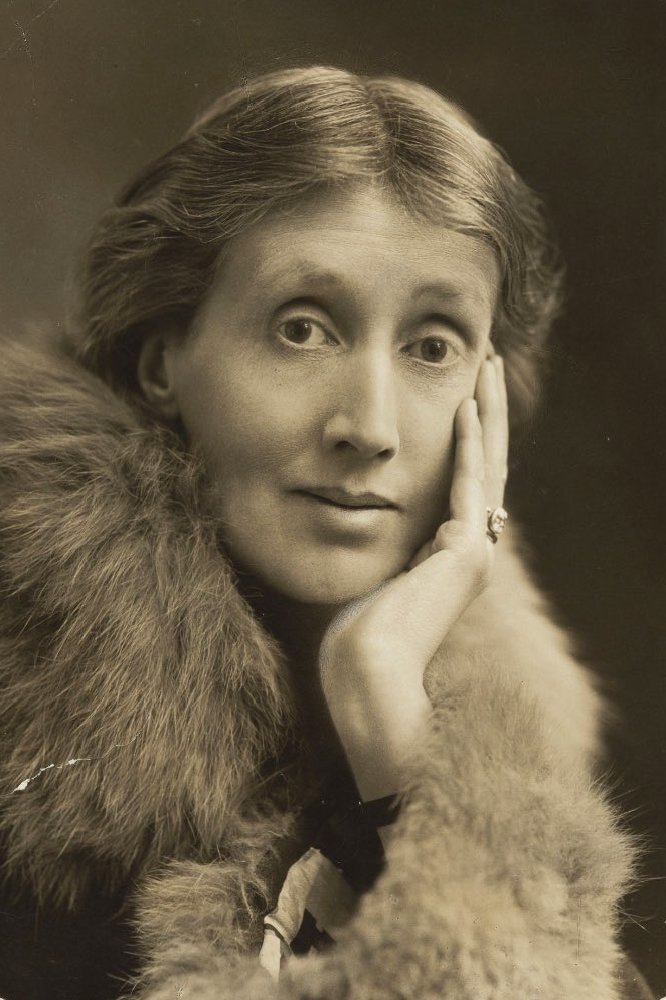
Alan Turing (1912-1954)
Despite being a hugely important figure in the development of the modern-day computer and helping to decode crucial Nazi messages during World War II, he was still arrested in 1952 for homosexual acts and forced to undergo chemical castration. Two years later he passed away from cyanide poisoning, though it remains a mystery as to whether his death was suicide or accidental. Like Oscar Wilde, he was finally officially pardoned in 2017.
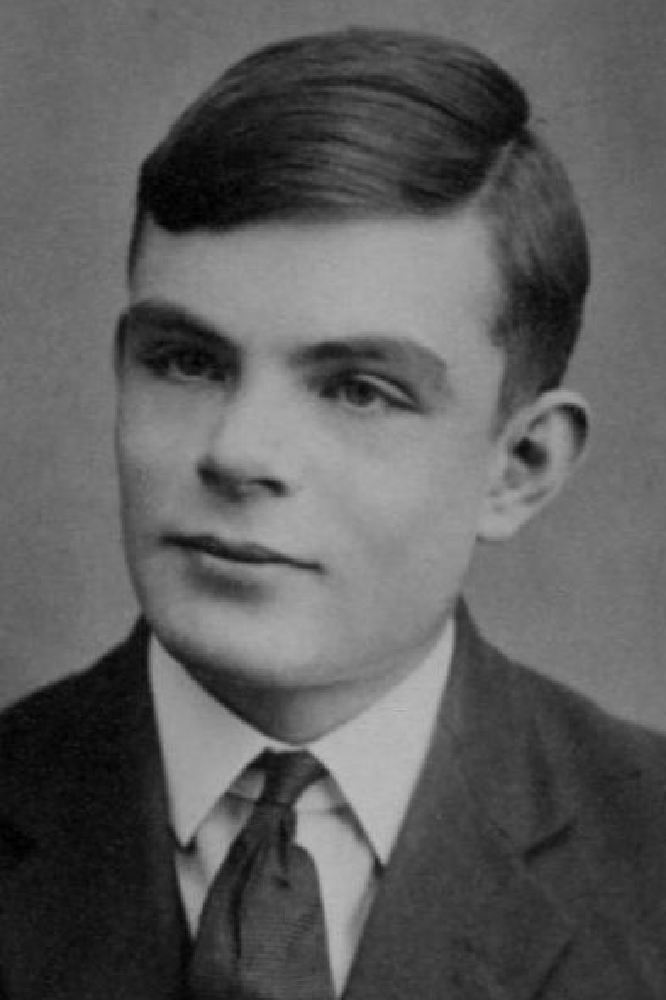
Bayard Rustin (1912-1987)
Bayard Rustin was the organiser for the 1963 March on Washington where Martin Luther King Jr. delivered his unforgettable "I Have a Dream" speech. The March was instrumental in passing the Civil Rights Act of 1964, which saw an end to racial segregation in schools and laws against discrimination based on race and other factors. Rustin was very much a behind-the-scenes influencer in these matters because he received criticism over the fact he was a gay man. Later he was involved in gay rights activism but never considered himself to be much at the forefront of those issues.
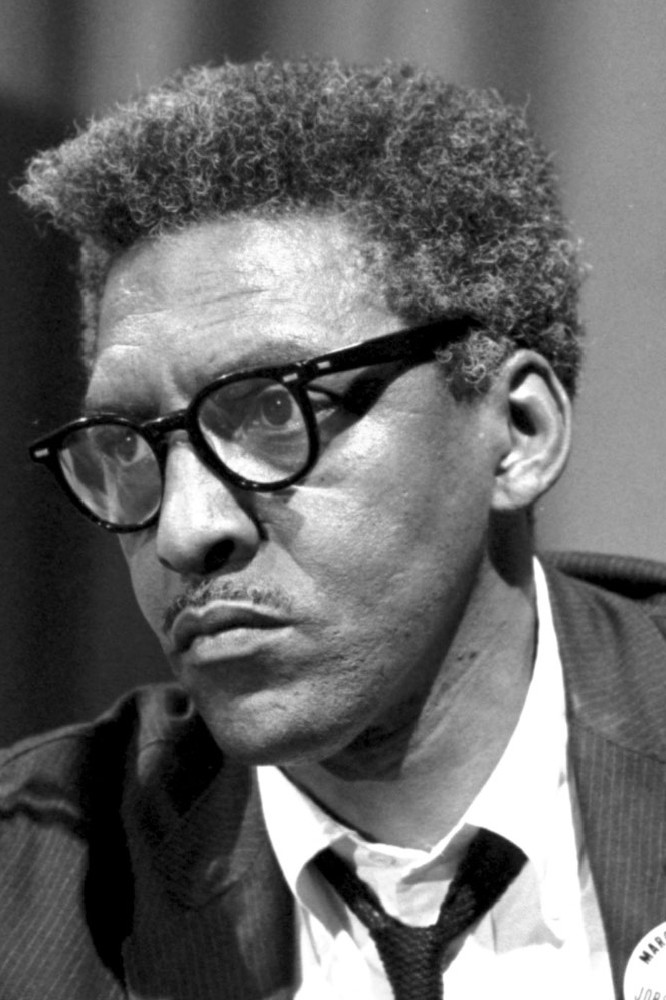
James Baldwin (1924-1987)
Author of some seminal politically-charged works like Go Tell It On The Mountain, If Beale Street Could Talk and Giovanni's Room, James Baldwin was discussing LGBT issues long before the gay liberation movement. Certainly he blended thoughts on sexuality with issues regarding race and social class, and throughout his life he had many influential friends from Nina Simone to Huey P. Newton.
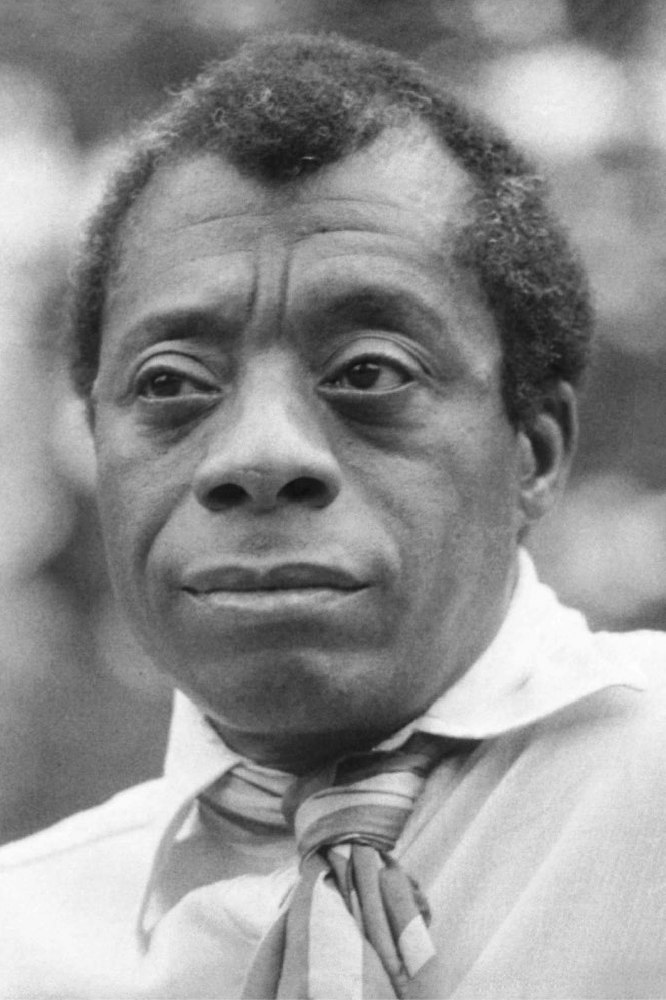
MORE: 10 pioneers for the LGBTQ+ community
Andy Warhol (1928-1987)
A key figure in the pop-art movement of the 50s and 60s, Andy Warhol was openly gay well before the gay liberation movement. Among some of his most recognisable works are paintings Marilyn Diptych and Campbell's Soup Cans, and the experimental film Chelsea Girls, though much of his more rejected work (by the mainstream at least) featured male eroticism in abundance.
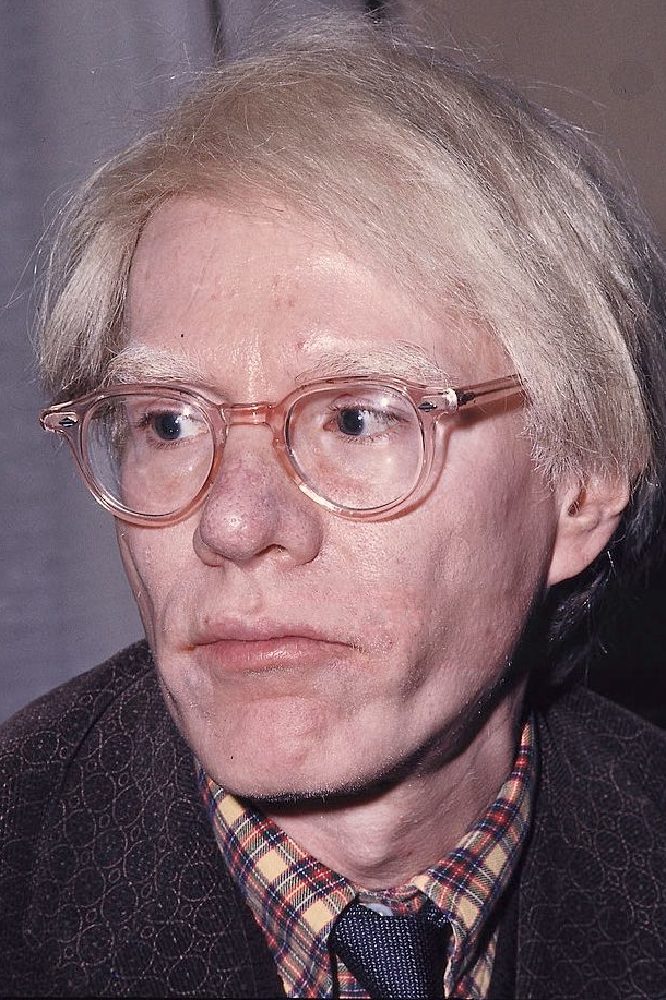
Tagged in Andy Warhol LGBT LGBTQ+

